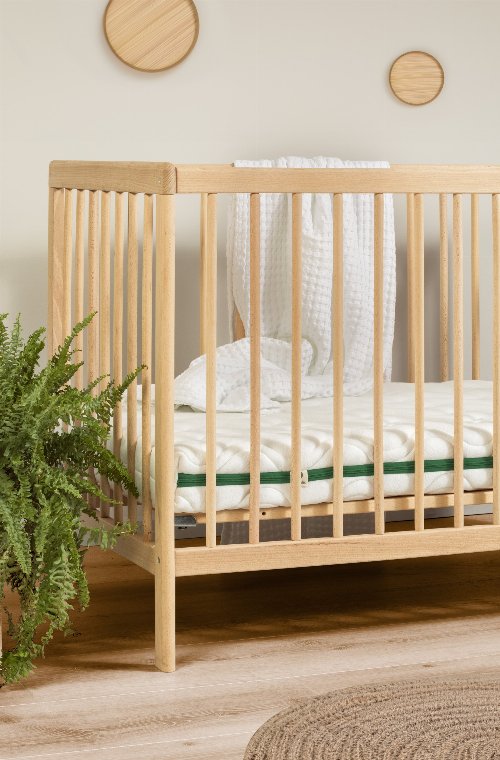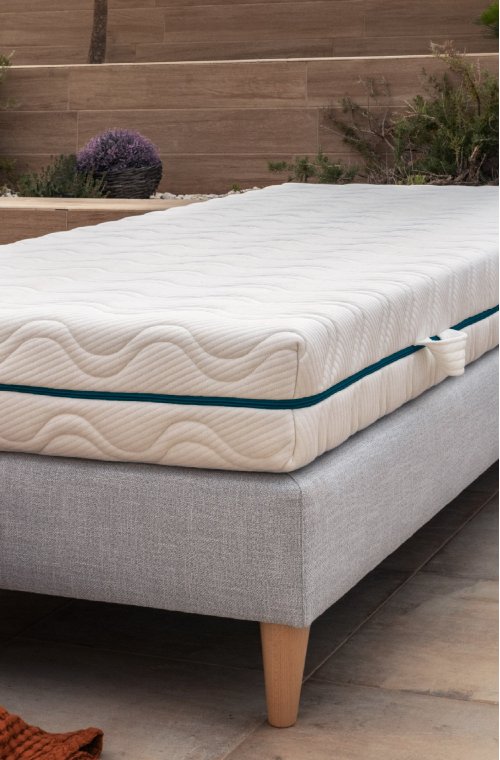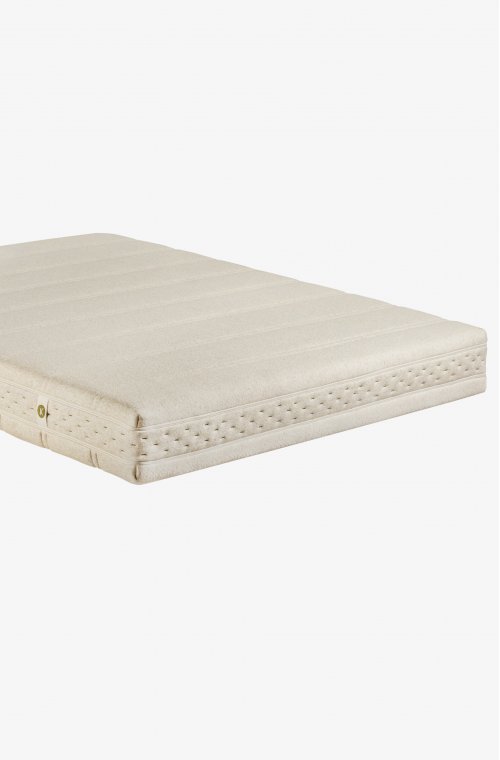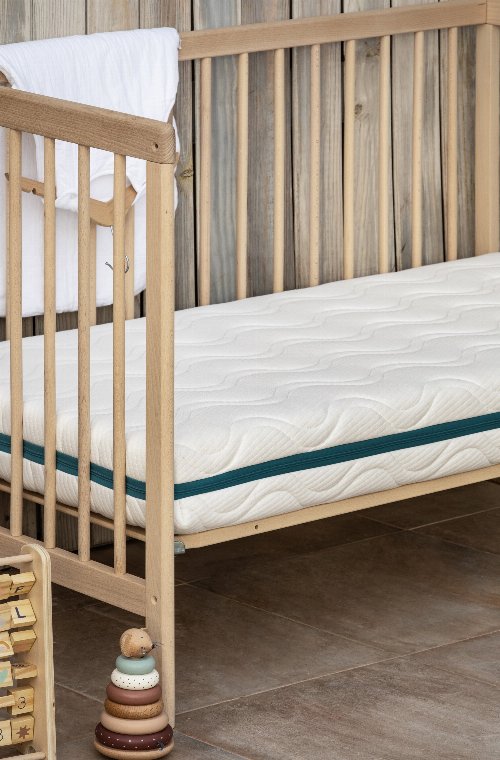
What your mattress is hiding from you...
Did you know that synthetic mattresses emit harmful substances? You will now know everything about what pollutes your nights!
Are synthetic mattresses harmful?
Have you ever noticed the smell of a new mattress? There is often a smell that seems toxic, in some cases it is simply the smell of the plastic that envelops the mattress, in this case this smell disappears quickly by opening the window of your room, but when the smell persists you can be sure that it is harmful substances contained in the mattress.
Most mattresses undergo various treatments to protect them from moisture or fire, the ticking is often treated against bacteria and dust mites, a treatment that is meant to be reassuring but is in fact an insecticide!
In addition, some mattresses are made of synthetic latex, various materials from petrochemicals and glues, these materials contain VOCs (Volatile Organic Compounds) that pollute the air around you and especially the air in your bedroom, so you breathe these toxic substances every night!
What about anti-bacterial treated mattresses?
To prevent the proliferation of bacteria and dust mites, mattresses are treated with chemicals. Most manufacturers use formaldehyde or methanal, a VOC known for its harmful effects on health. These toxic products are also found in glues. Prolonged contact with these toxic products can cause mucous membrane irritation, headaches and allergies.
What about fireproofing?
To avoid the risk of fire, mattresses are treated with BFRs (brominated flame retardants). Some studies on animals have been conducted and have shown that these compounds act as endocrine disruptors. They are suspected to be responsible for hypothyroidism and developmental disorders of the nervous system (autism, hyperactivity, attention deficit, behavioral disorder ...).
Knowing that we spend about 7 hours per night in our bed, during all this time, we are in direct contact with these pollutants. It is also necessary to know that when we are lying on a mattress, the temperature of the body, the humidity and the concentration of carbon dioxide released by breathing would increase the rate of emission of VOC in the air. The same is true for babies and children who not only often sweat a lot during the night, but also spend a lot more time on their mattress.
How to choose a healthy mattress?
A natural mattress
First and foremost, you should choose mattresses made of natural materials. Banish petrochemical foam mattresses and choose a natural mattress that is healthier for you. Among the natural materials that make up mattresses, you will find natural latex (beware that many mattresses are made of synthetic latex!), coconut fiber, hemp and wool. The combination of several natural materials is often the ideal solution to obtain a firm and comfortable mattress.
|
|
|
|
A mattress without chemical treatment
Make sure you choose a mattress that has not been chemically treated and has obtained the Oekotex certification.
To fight against dust mites, which is more effective and less harmful than any chemical treatment, choose a mattress with a removable cover and wash the cover with water by a professional. Regular washing will effectively fight against the proliferation of dust mites and bacteria in a totally natural way!
Discover also our advice to maintain your mattress.






















